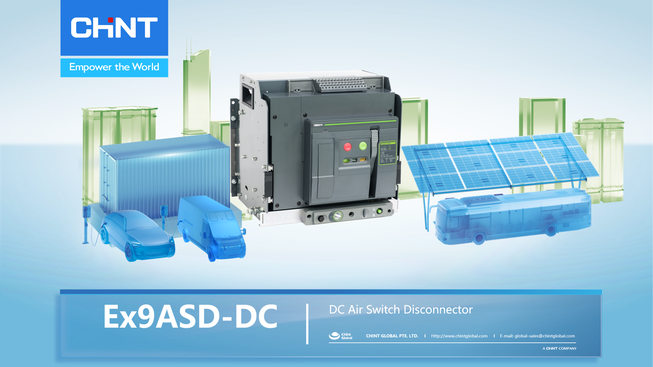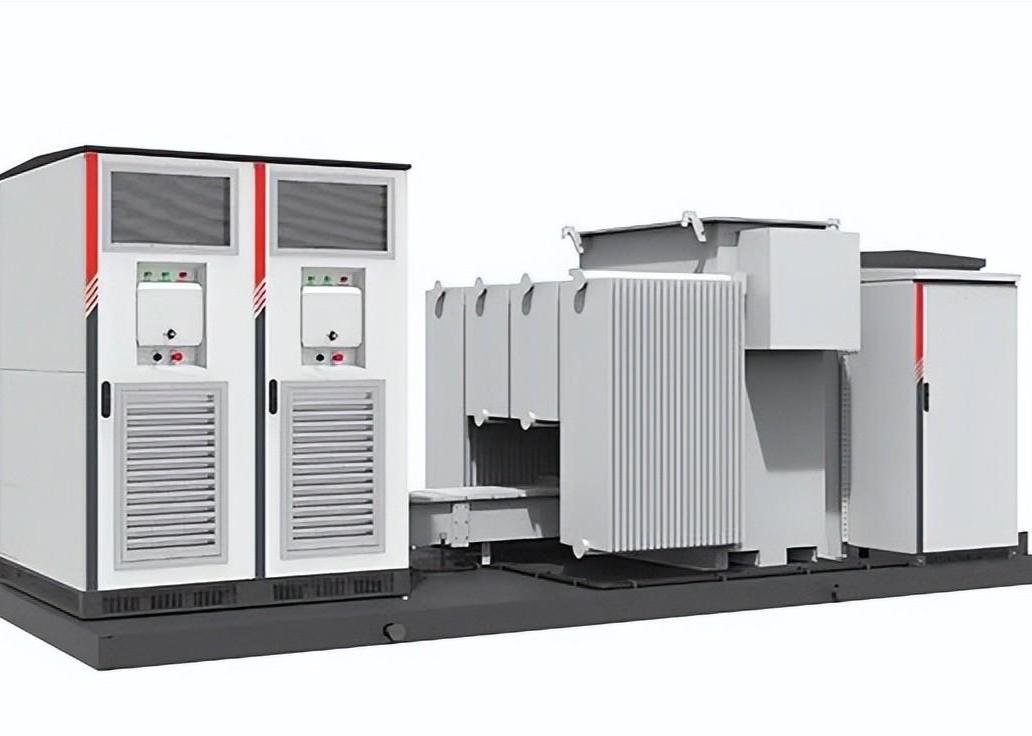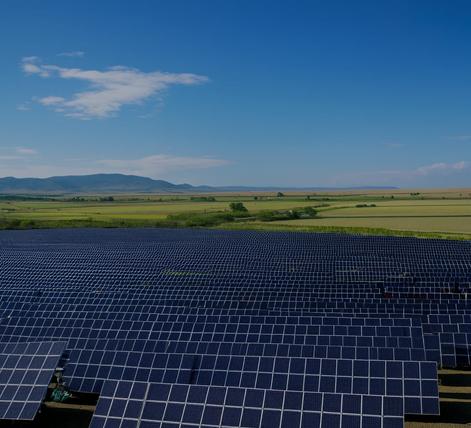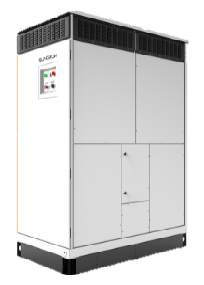Table of Contents |
With global growth in utility-scale solar and battery energy storage systems (BESS), maintaining system safety and reliability has never been so important. The new energy air switch disconnector, also referred to as solar disconnector switch, is one of the important parts which ensure secure and effective operation and maintenance.
This article will be an overview of what a switch disconnector is, where it’s found in large solar and storage systems, and the most critical features to consider when choosing one—especially in high-power, high-voltage applications.
What Is a Switch Disconnector and Why It Matters
Switch disconnectors are utilized to manually or remotely separate a circuit or equipment from the power source. Such isolation becomes crucial during maintenance activities, emergency shutdowns, or system reconfiguration, as this aids in protecting human beings and benevolently prevents any equipment damage.
In solar photovoltaic (PV) and energy storage systems (ESS), switch disconnectors are particularly important. Such systems run continuously and, in many cases, at high voltage and current. For example, if there are no isolation mechanisms, servicing or troubleshooting inverters, battery racks, or combiner boxes would present a significant safety hazard.
Unlike circuit breakers, which interrupt circuits upon fault conditions, switch disconnectors are not fault-triggered. They are instead used to purposefully open a circuit, usually having a clear isolation point that enables operators to confirm disconnection prior to commencing any work.
Utility-scale PV and BESS systems will also see power levels increase; DC voltages can reach 1500V and DC currents up to 4000A, which will require high mechanical and thermal performance under 24/7 outdoor service in extreme temperatures, high salt corrosion, humidity, and high altitude environments.
Where Are Switch Disconnectors Used in PV and BESS Systems?
Switch disconnectors are strategically placed throughout both solar and battery systems to protect equipment, improve maintainability, and enhance system segmentation. Common installation points include:
1. DC Combiner Boxes
Each combiner box aggregates multiple PV strings into a single output. A DC switch disconnector isolates the combined output before it reaches the main DC bus, allowing for safe maintenance or shutdown of upstream strings.
2. DC Main Distribution Panels
As power is routed from the combiner boxes to the inverters or Power Conversion Systems (PCS), high-capacity main DC disconnectors are used to isolate sections of the DC network for protection, segmentation, or emergency shutdown.
3. Inverter Input / PCS Isolation
At the inverter or PCS input, switch disconnectors enable technicians to isolate the entire DC side from the power electronics. This is especially critical in hybrid systems where bidirectional PCS equipment handles both charging and discharging.
4. Battery Clusters in BESS
In battery energy storage systems, each battery rack or cluster includes switch disconnectors to isolate it from the DC bus. This allows operators to remove, inspect, or replace modules without shutting down the entire system.
5. Hybrid Systems (PV + Storage + Grid)
Modern energy systems often combine multiple sources and loads—solar, storage, grid-tie, and even EV charging. Switch disconnectors are vital at every interconnection point to safely manage multiple energy flows and maintain flexibility.
Key Features to Consider for Large PV and BESS Systems
When selecting a solar DC switch disconnector or power isolator for utility-scale systems, several technical specifications must be evaluated:
1. Voltage and Current Ratings
High-performance switch disconnectors must support DC1000V or DC1500V, and current ratings up to 4000A. This ensures compatibility with large-scale arrays, central inverters, and battery clusters.
2. DC Utilization Categories
Look for switch disconnectors tested under categories such as DC-23A or DC-PV2—which are specifically defined for photovoltaic DC switching and cover frequent switching under load.
- DC-PV2: Indicates the device can operate safely under real-world PV load conditions, including switching under voltage and current simultaneously.
3. Durability and Environmental Resilience
Utility-scale installations often face extreme heat, cold, humidity, salt spray, and high altitudes. Premium switch disconnectors are:
- Rated to operate from -45°C to +70°C
- Fully functional at altitudes up to 5000m
- Built with high insulation voltage (Ui) ratings, typically up to 1600V
4. Visible Isolation and Modular Instalation
Operators must be able to verify disconnection visually, especially in high-voltage systems. Modular or drawer-type designs also simplify system integration and maintenance access.
CHINT Ex9ASD-DC Series Air Switch Disconnector
The CHINT Ex9ASD-DC Series is a next-generation air switch disconnector designed specifically for high-efficiency PV and BESS systems.
Key Highlights:
- Rated Voltage: DC 750V / 1000V / 1500V
- Rated Current: Up to 4000A
- Frame Sizes: 2500A, 4000A
- Utilization Category: DC-PV2, DC-22A, DC-23A
- Insulation Voltage (Ui): 1600V
- Impulse Withstand Voltage: 12kV
- Short-time withstand current: Up to 100kA @ DC1500V
- Installation: Fixed type or drawer type for flexible configuration
Tested for the most strict DC-PV2 switching conditions, Ex9ASD-DC enables repeated and safe operation with real PV load profiles. It works reliably in even the most grueling conditions: -45°C to +70°C, high humidity, and high altitude, even no derating is needed up to 5000 meters.
This makes it a good-fit solution for utility-scale PV, battery clusters, and hybrid energy systems needing powerful, safe, efficient DC isolation.
Conclusion
In the dynamic landscape of clean energy, switch disconnectors have moved from being classed as safety accessories to mission-critical components for large PV and storage systems. From isolating during maintenance, to emergency shutdowns and electrical code compliance, the best DC disconnector switch will keep your system safe, stable and serviceable.
The CHINT Ex9ASD-DC Series represents a new generation of solar switch disconnectors built for the demands of modern energy infrastructure. Explore our website to learn more about our new energy air switch disconnectors.
FAQs
1. What’s the difference between a switch disconnector and a circuit breaker?
A switch disconnector provides manual or remote isolation of circuits but does not automatically trip on fault conditions. Circuit breakers offer both protection and isolation but may lack visible disconnection or high DC capability.
2. Do I need both AC and DC disconnects in a solar system?
Yes. DC disconnects are used on the solar array side (before the inverter), while AC disconnects are typically required after the inverter to isolate the grid-tied portion.
3. What does DC-PV2 mean?
DC-PV2 is a utilization category defined for switch disconnectors used in PV systems. It certifies that the device can safely break load under real photovoltaic voltage and current conditions—essential for high-performance solar applications.
















